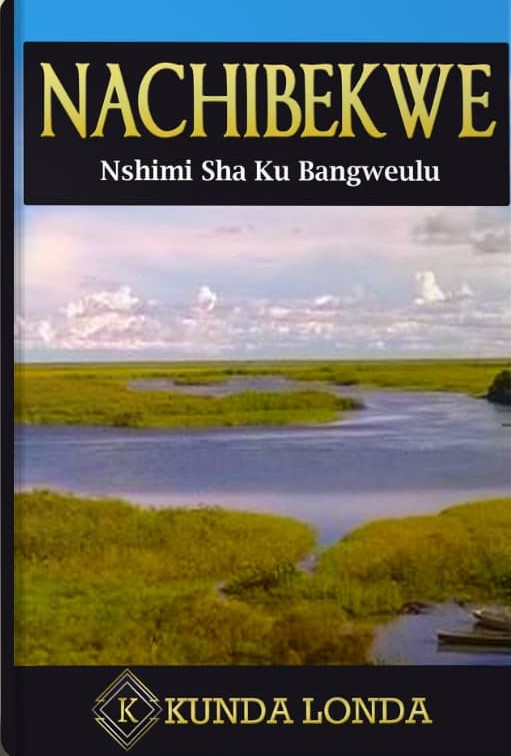HIGHLIGHTS OF LIFE IN LUNGA- 4
SWIMMING AS PASTIME AND SURVIVAL ACTIVITY
Can You Swim?
Most people know swimming as merely a sport. Nature dictates
that we in Lunga treat swimming as a critical activity. The fact that water is
all around us makes it instinctive that we learn to swim; not only for leisure
and pleasure but also for survival purposes.
Most accidents we are involved in concern capsized canoes and boats when
we travel around the islands; and safety equipment such as life jackets are
unaffordable to many. Swimming is therefore a survival skill that MUST be
learnt at a very tender age.
Usually, our mothers
like performing certain chores from the harbour. You will find them in good numbers
at a harbour with white crystalline fine sand washing their pots, plates and
clothes after which they will swim in clear, fresh water. As children, you
follow your mothers and play in shallow water while they keep that love-punctuated
watchful eye over you.
As you grow older, you stop that simple splashing of water
at each other and learn to move under water. You slowly learn to move in water while your
whole body is immersed, except your head. Later, you start to submerge yourself
completely and learn to hold your breath ‘subsurface.’ The more often you do
it, the better you become. (Remember playing ubwambe game in
water as a lad of Lunga? It was part of our training.) In other words, you start learning different
swimming strokes.
The type of swimming we learn is what the sports world have
come to term ‘freestyle.’ We learn to propel the body in water in varied ways.
The commonest is what we call nsamfi (front crawl). This is where
you keep the body afloat while thrusting yourself forward; your arms pushing
the water behind alternately and your feet keep kicking. You can equate the
functioning of arms to the fins and that of the legs to the tail of the fish,
respectively. This type of swim stroke is the one you see frequently used by swimmers
in competitions.
The second one is the one we call ukutunta or mutunta
panshi which is the one where you move under water for some time before
you come to the surface to draw more air. Apparently, this is the fastest way
of swimming. You can move under water for a distance of between five to ten
meters before coming to the surface.
We also do backstroke, Iya pa katompo or ubunseneme,
where you push yourself while floating supine on the surface. This one is
usually for leisure and may not be very effective in an emergency.
The other important kind of swimming we learn is the one
where you keep afloat even if you are not moving. This is what you call ukwelela
‘treading in water’ where the body remains suspended in water while the head is
up. You maintain the body in floating position by kicking your feet and arms to
avoid sinking.
Most Unga people will know one or more of this swimming
strokes which, in many cases, help them survive water accidents. While many are
talented swimmers, they have not been exposed to swimming as a sport from which
they can earn an income by participating in competitions or going professional.
Maybe this piece of writing will spark some interest in swimming coaches to go and search “natural swimmers” from Lunga to win them gold. To sponsor swimming activities in Lunga, you can get in touch with Lunga District Administration or the newly formed Lunga Development Association who can help you identify suitable talent. Ku Lunga, we know things about water!
Maybe this piece of writing will spark some interest in swimming coaches to go and search “natural swimmers” from Lunga to win them gold. To sponsor swimming activities in Lunga, you can get in touch with Lunga District Administration or the newly formed Lunga Development Association who can help you identify suitable talent. Ku Lunga, we know things about water!
 SoundCloud
SoundCloud




Comments